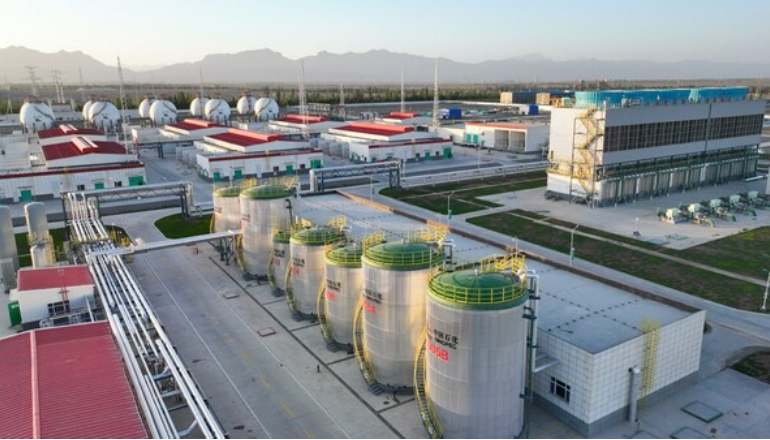BY Pankaj Batra
Senior Advisor, IRADe, and part-time independent assignments for ADB, USAID, UNESCAP, UKAID, OECD, etc. Independent Director in WBSEDCL, Advisory Board of two start-ups. Former Chairperson and Member(Planning), Central Electricity Authority, the technical arm of the Ministry of Power, Government of India. Former Chief (Engineering), Central Electricity Regulatory Commission, the Central Electricity Regulator for India.
The Electricity Act 2003 provided a radical change in the electricity business in India. The idea was to make the sector more efficient, encourage privatization in order to get more capital, and therefore competition between the public and private sector, as well as within the private sector, and more professional.
This was done by defining functions of transmission utilities, load despatch centres (more commonly known as system operators), and dedicated lines. The Act brought in new concepts of power markets, open access and power traders to facilitate competition. As a consequence, new terms such as wheeling charges were defined.
Most of the reforms included governance in the generation and transmission, and distribution sector. However, the portion of the sector that got ignored was the bringing about of efficiency in the distribution sector. Although, it placed the onus of making the distribution sector more efficient, in terms of specifying the Distribution Code, and setting of tariff and obligations of the distribution licensees and of the consumers, on the state regulators, it has not shown the results that were expected.
The accumulated losses of the state-owned distribution keep accumulating and getting set off by the Central Government through various schemes. However, these accumulate again and again. In order to make the sector sustainable, is important that the issue of the distribution sector be addressed. During the three to four times that the Act was proposed to be amended, the Bill would get stuck up in the reform of the distribution segment. The efficiency of the distribution sector is essential to make the sector sustainable. Also, the tariff is proposed to be cost-reflective, so that the distribution companies do not suffer financial losses.
At the same time, the Government of India do not want the industries to suffer from high tariffs, making them globally non-competitive, due to cross-subsidization. So, what is proposed is that any consumer above a load of 1 MW can go for open access, and the distribution company is not obligated to supply power to these consumers. If, however, they want to get power from the host DISCOM, on standby arrangements, if they cannot source power through open access, they can fall back on the DISCOM for supplying power at a higher rate.
It appears from this, that the DISCOMs will have to keep some capacity for standby arrangements, or alternatively buy power from the power exchange to cater to the standby arrangement.
The proof of the pudding is in the eating. Let us see if this works. Therefore, cross-subsidy will be eliminated, and if the State Government wants to give subsidy to a disadvantaged category of consumers, it needs to provide an upfront subsidy for the same. In most developed countries, the tariff for industrial consumers is lower than that of residential consumers. In India, it is the reverse. This provision may help in reducing the tariff for industries.
Another provision proposed is to allow sharing of the distribution system by multiple distribution licensees in the same area, whereas there could be different distribution licensees in the same geographical area, but they had to have their own network.
Renewable Energy
What is proposed in the renewable energy segment is that the minimum percentage of renewable energy mandated to be consumed by the Distribution utility is to be in accordance with the percentage specified by the SERC, but should not be lower than that specified by the Central Government. Earlier, it was that the percentage was as specified by the SERC only. This is expected to give a boost to renewable energy.
Some other aspects are related to making the State Regulators more accountable, increasing the number of Aptel Members, as there is very little supporting staff, and Members have to study the case and do everything themselves, including dictating Orders, and having an Electricity Council, to promote consensus-based reforms and advice on policies of the States.
|
Major highlights of Electricity Act Amendment 2025
The Bill includes provisions for a new Electricity Council to promote coordination between central and state governments.
|












